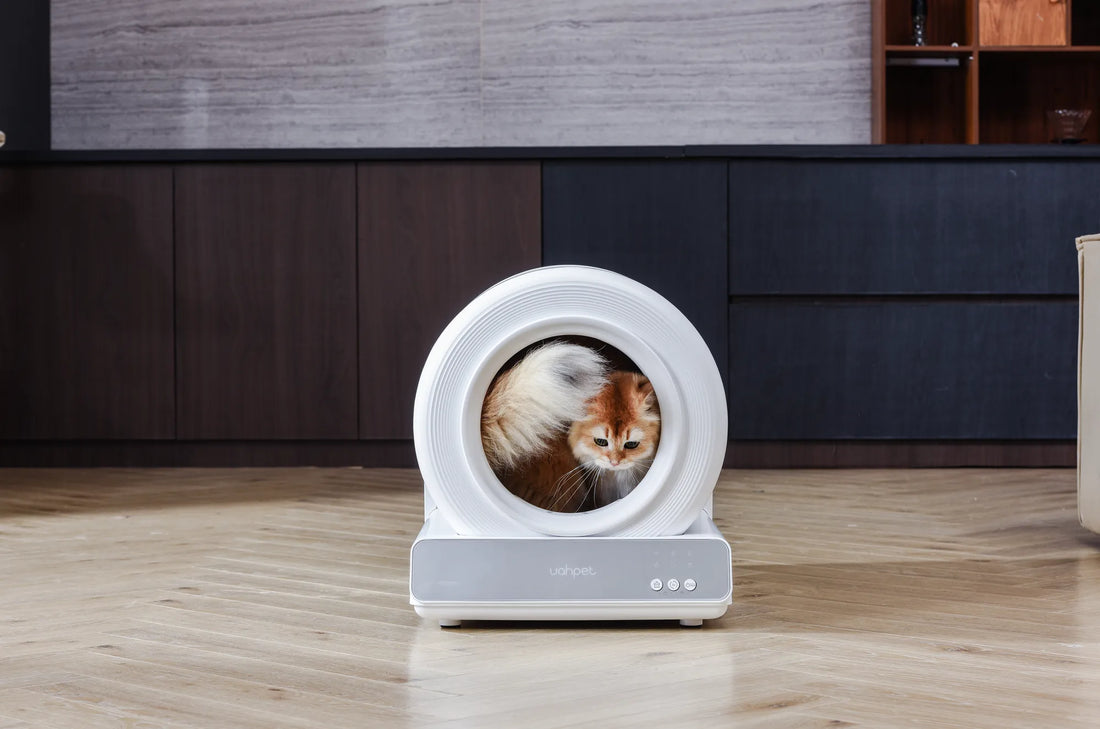Maintaining a cat litter box might seem like a mundane task, but it plays a crucial role in keeping your home fresh and your cat happy. A well-maintained litter box not only prevents unpleasant odors but also ensures your cat's health and hygiene. If you're wondering how to maintain a cat litter box effectively, this guide will walk you through everything you need to know.
Why Litter Box Maintenance is Important
Regular maintenance of your cat's litter box is essential for several reasons. First, cats are naturally clean animals, and a dirty litter box can lead to stress or even health issues. Second, a neglected litter box can become a breeding ground for bacteria, which can affect both your cat and your household. Lastly, a clean litter box helps control odors, making your home more pleasant for everyone.
Choosing the Right Litter Box
Before diving into maintenance tips, it's important to ensure you have the right litter box for your cat. Consider the size, shape, and type of litter box that suits your cat's needs. Some cats prefer covered boxes for privacy, while others like open ones. Additionally, the size of the box should accommodate your cat comfortably, allowing them to move around easily.
Daily Cleaning Routine
One of the most effective ways to maintain a cat litter box is by establishing a daily cleaning routine. Scoop out waste at least once or twice a day to keep the box clean and odor-free. Use a sturdy scoop to remove clumps and solid waste, and dispose of them in a sealed bag. This simple habit can make a significant difference in maintaining a fresh litter box.
Weekly Deep Cleaning
In addition to daily scooping, a weekly deep cleaning is necessary to maintain a hygienic litter box. Empty the entire box, discard the old litter, and wash the box with warm water and mild soap. Avoid using harsh chemicals, as they can leave behind residues that may irritate your cat. Once the box is clean and dry, refill it with fresh litter.
Choosing the Right Litter
The type of litter you use can greatly impact the ease of maintenance. Clumping litter is a popular choice because it makes scooping easier and helps control odors. However, some cats may prefer non-clumping or natural litters. Experiment with different types to find the one that works best for your cat and your cleaning routine.
Managing Odors
Odor control is a common concern for cat owners. To keep your litter box smelling fresh, consider using baking soda or specialized odor-neutralizing products. Place these in or near the litter box to absorb unpleasant smells. Additionally, ensure proper ventilation in the area where the litter box is placed to prevent odors from lingering.
Monitoring Your Cat's Habits
Pay attention to your cat's litter box habits, as changes can indicate potential health issues. If your cat starts avoiding the litter box or shows signs of discomfort while using it, consult your veterinarian. Regular monitoring can help you catch problems early and ensure your cat's well-being.
Replacing the Litter Box
Over time, even the most well-maintained litter box may need to be replaced. Scratches and wear can make the box difficult to clean and harbor bacteria. Replace the litter box every six months to a year, or sooner if you notice significant damage.
Creating a Comfortable Environment
Finally, make sure the litter box is placed in a quiet, accessible location. Cats prefer privacy when using the litter box, so avoid placing it in high-traffic areas. Additionally, ensure there are enough litter boxes for multiple cats to prevent territorial issues.
Maintaining a cat litter box doesn't have to be a daunting task. With the right tools, routine, and attention to detail, you can create a clean and comfortable environment for your feline companion. Follow these tips to keep your home fresh and your cat happy, and enjoy the peace of mind that comes with a well-maintained litter box.













